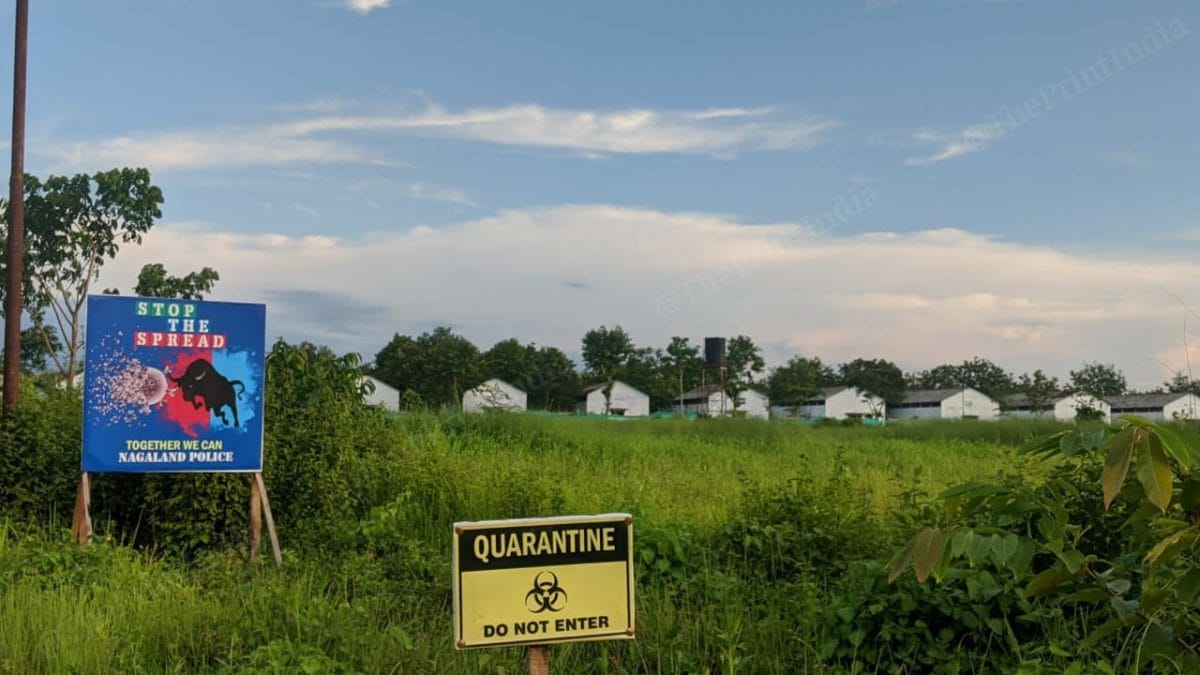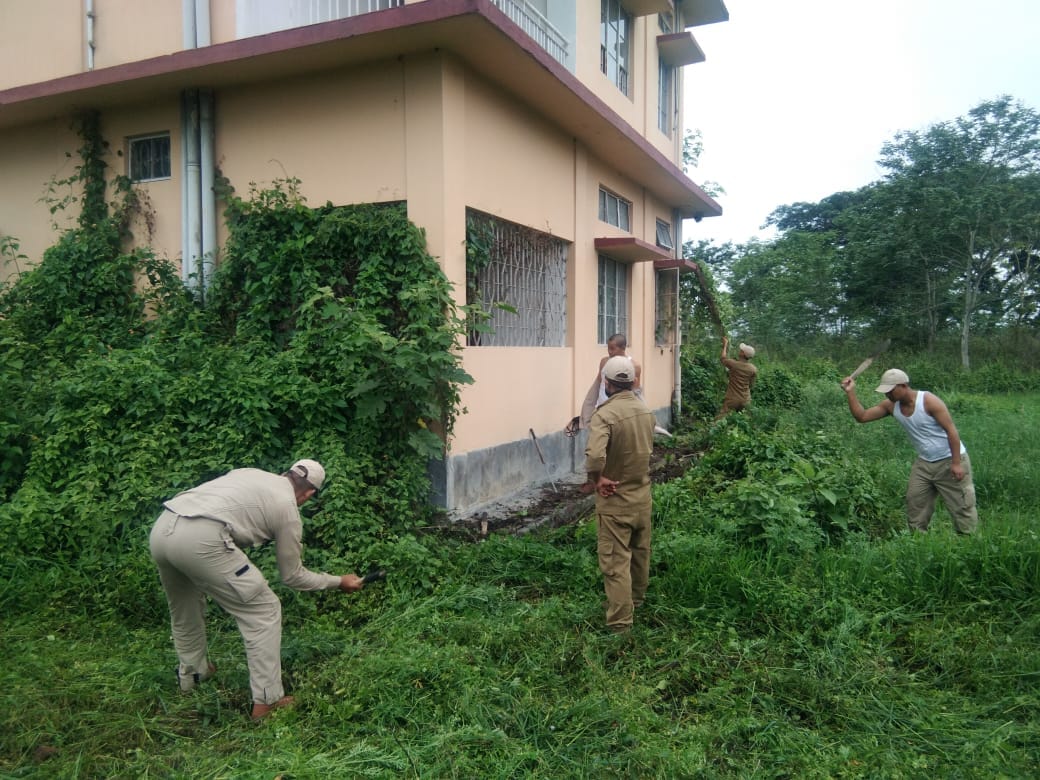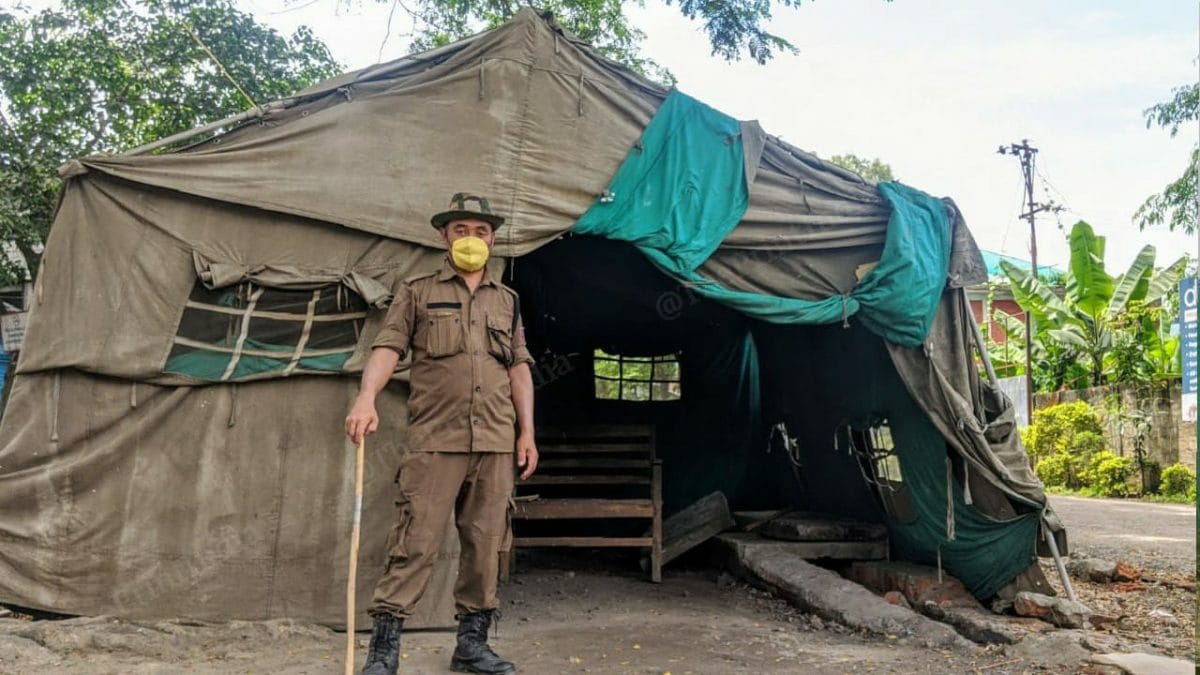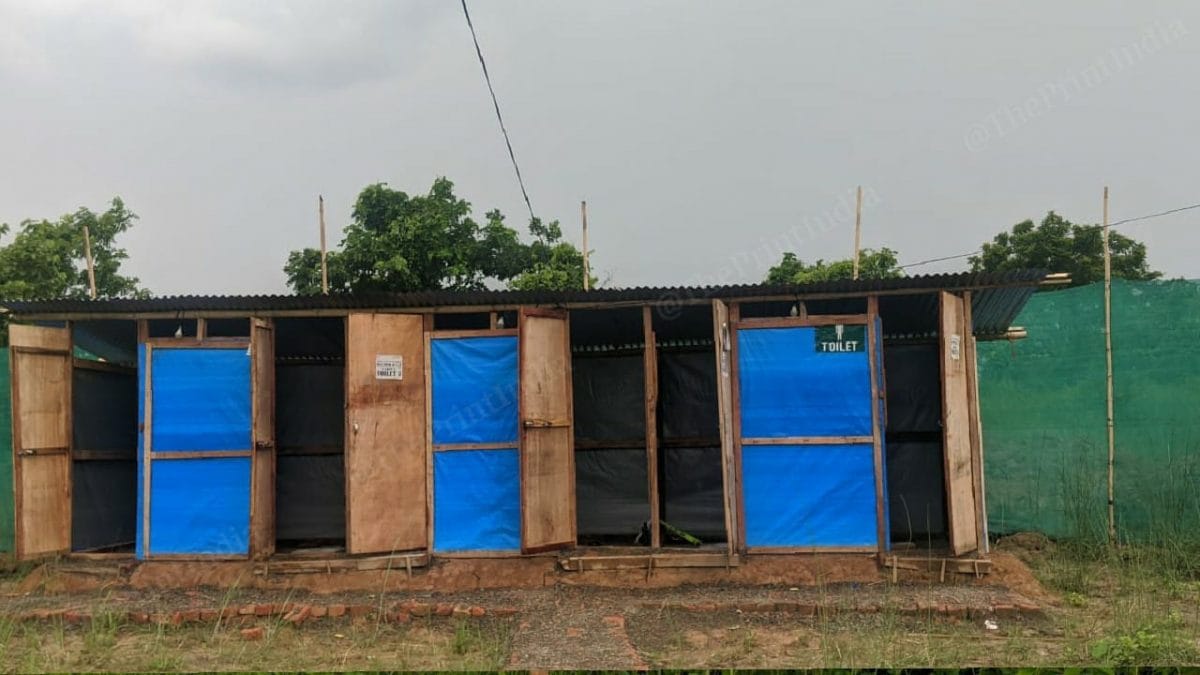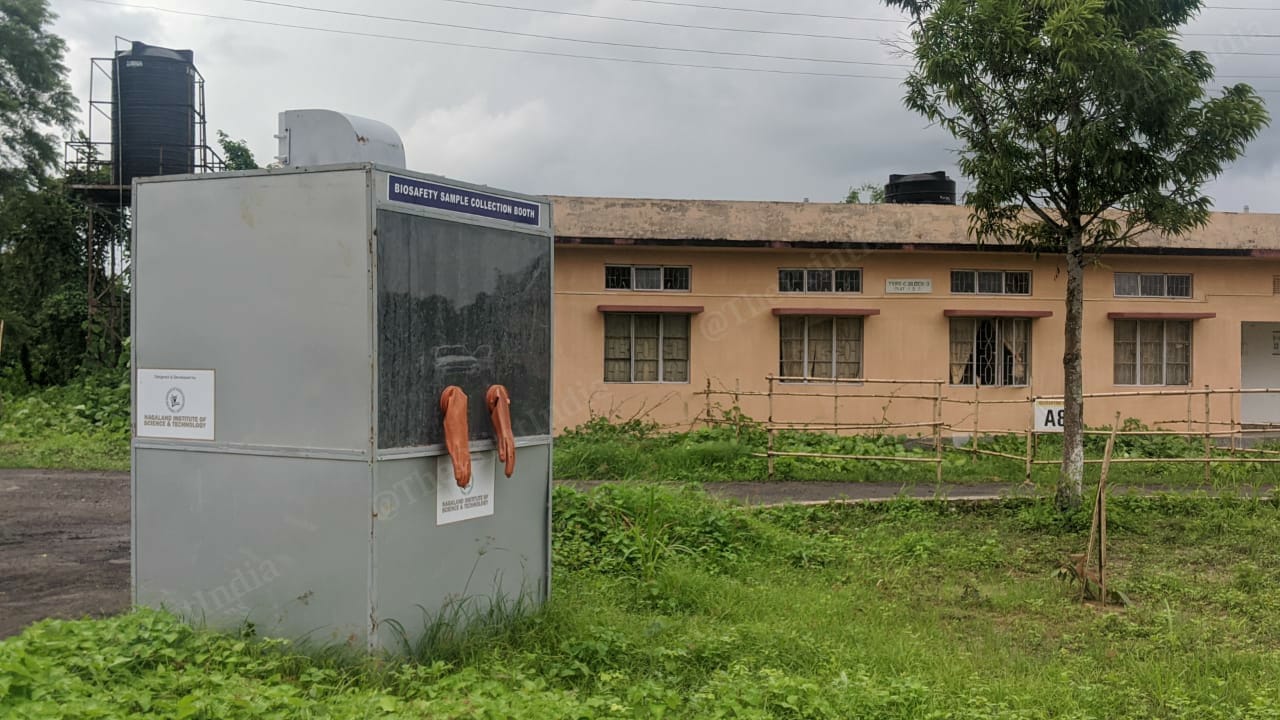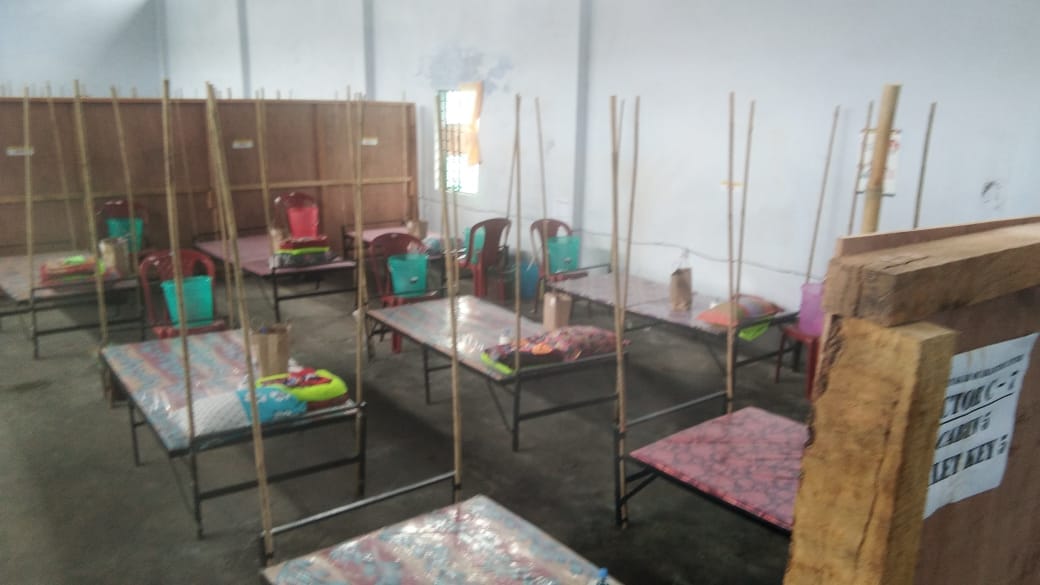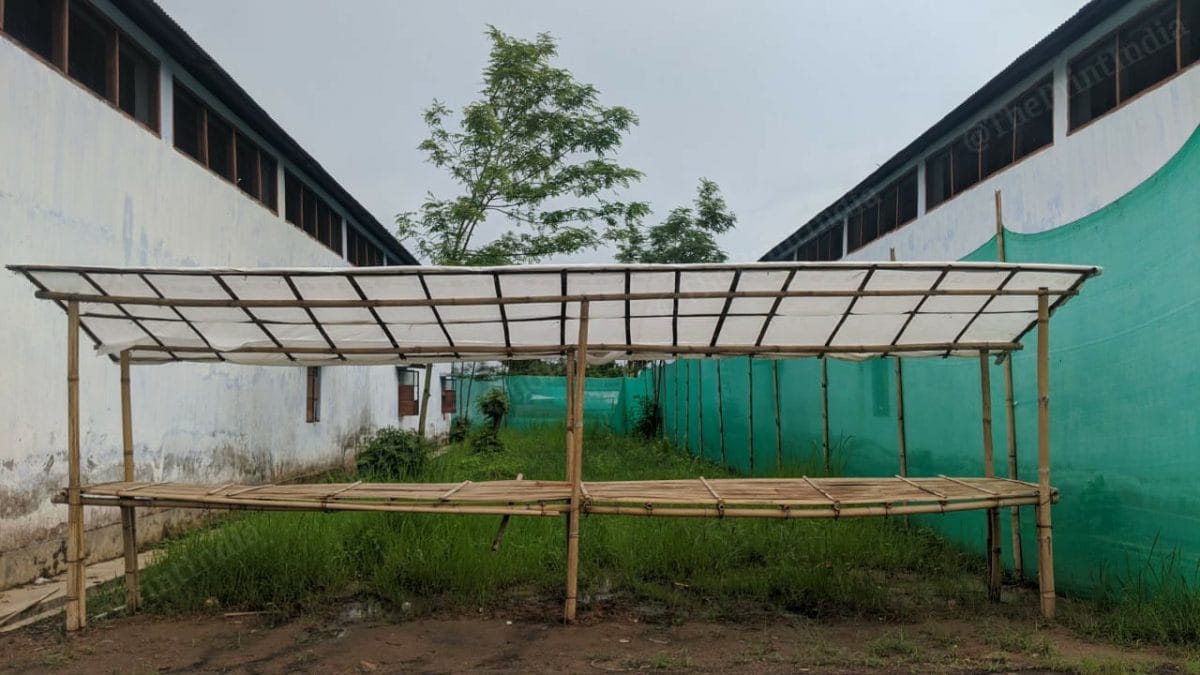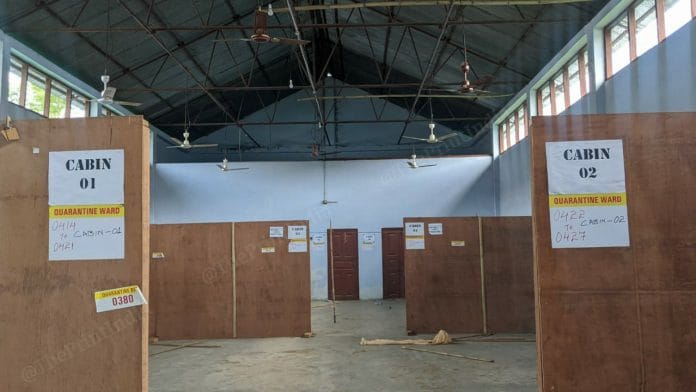Dimapur: With around 1,027 beds, the Ganeshnagar Covid quarantine centre in Nagaland’s Dimapur, set up and managed solely by the state police, is one of the largest facilities in all of Northeast India, and the largest in the state to be run by the police.
The centre has been built in a Special Economic Zone in Ganeshnagar, which had a number of unused buildings. Initially, 640 police personnel were involved in preparing it as a quarantine centre, but that number was cut down by almost half later.
ThePrint’s Yimkumla Longkumer and Angana Chakrabarti bring you a glimpse of the quarantine facility in Dimapur.
